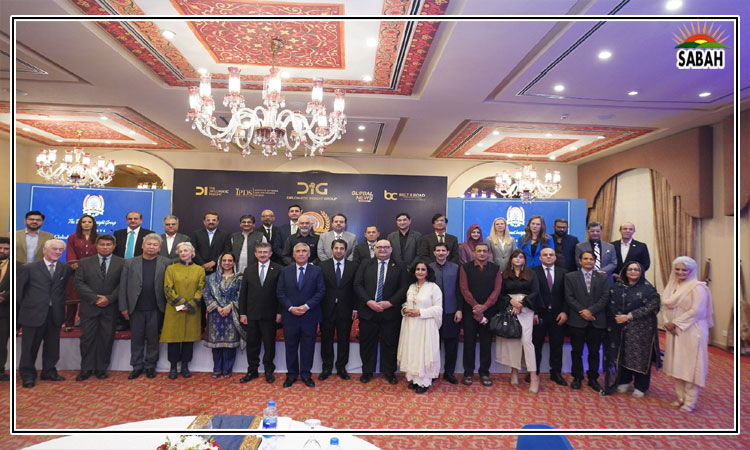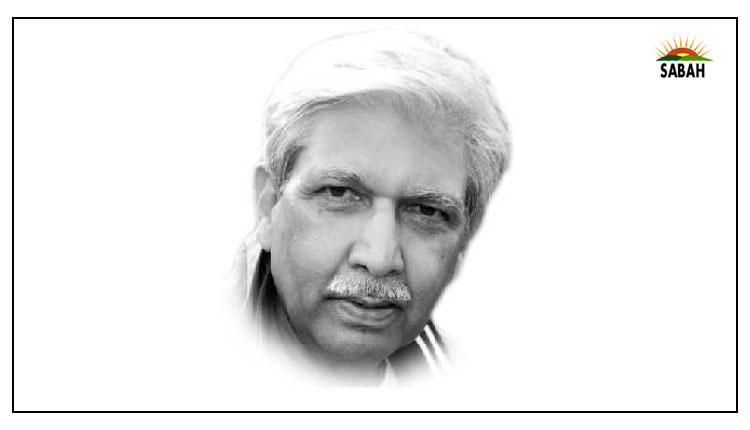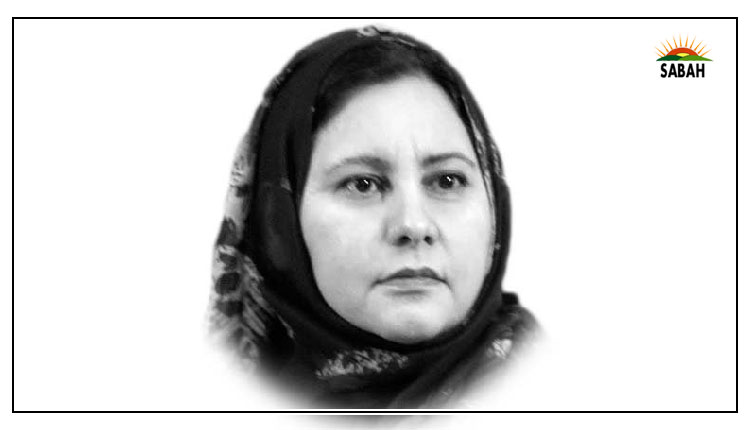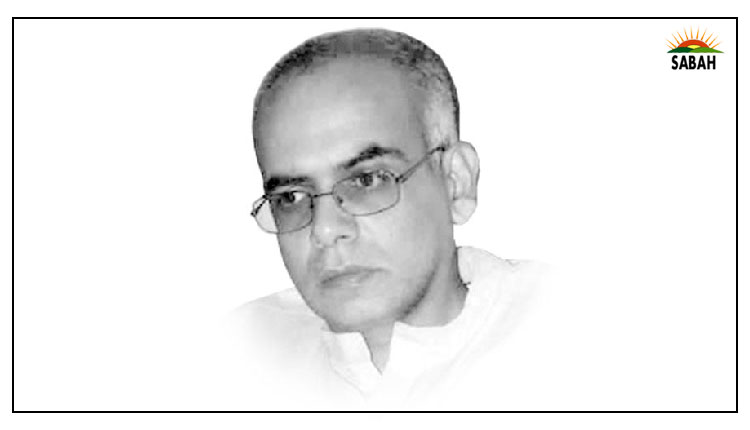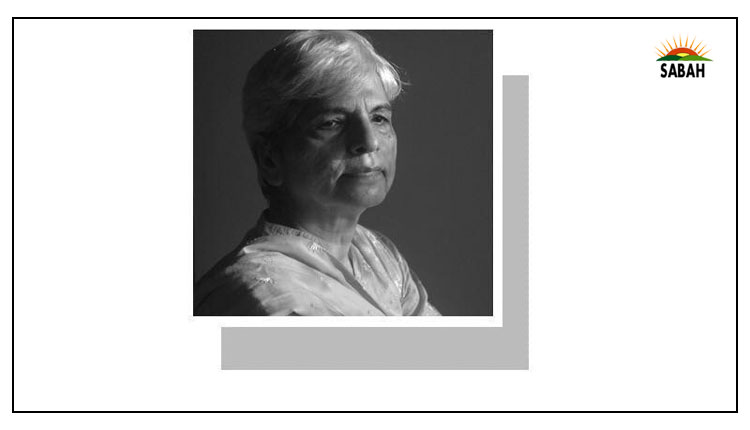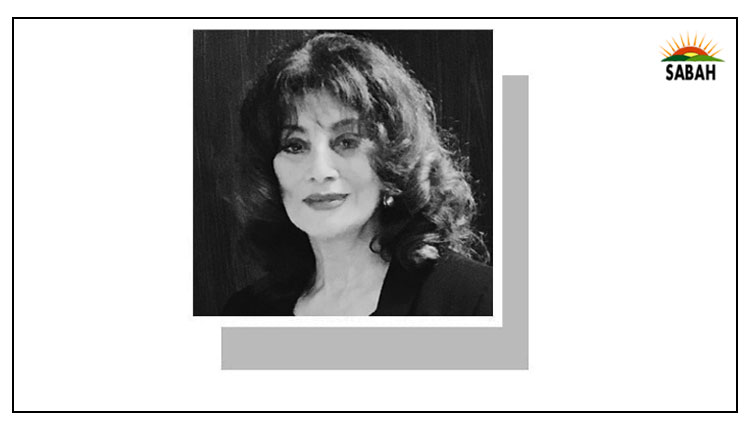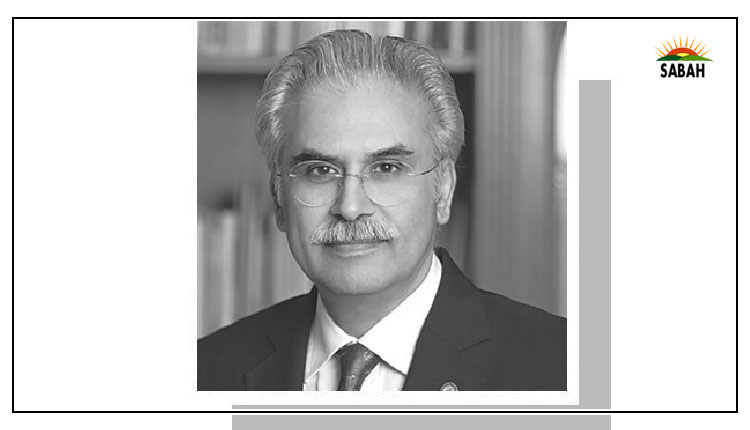OOP health expenditures…Zafar Mirza
IF health is a human right, then the inability to pay for essential healthcare should not be a barrier. This is why financial protection for healthcare is an integral component of universal health coverage (UHC).
In poor countries with weak economies, inadequate healthcare systems, and lack of fiscal prioritisation of healthcare, the vast majority of people are not covered in terms of healthcare service coverage and financial protection. How, then, do people access healthcare? They spend out of their incomes, savings and loans; hence the term, ‘out-of-pocket health expenditures’ (OOPHE).
When already poor or almost poor people have to resort to OOPHE, it badly affects their household incomes and they have to make tough choices between other essentials — maybe food or children’s education.
When a household ends up spending more than 10 per cent and 25pc (both thresholds are used) of its total consumption or income, the World Health Organisation (WHO) defines it as ‘catastrophic OOPHE’, which hurts the poor most, especially the women, children and elderly among them. Catastrophic health expenditures push people into poverty and deepen the poverty of the already poor.
In March 2024, the Pakistan Bureau of Statistics published the National Health Accounts 2021-22. The report presents the findings of the ninth round of National Health Accounts in Pakistan. NHA was initiated in Pakistan with the support of the WHO in 2005-06 and before the recent report, eight rounds had been completed for eight fiscal years.
NHA is a standard methodology for tracking national health expenditures, their sources and the way they are used, in order to develop policies to enhance the performance of national health systems. The standard methodology was jointly developed by WHO and the Organisation for Economic Cooperation and Development. Together, they published A System of Health Accounts in 2011 and they maintain a database of global health expenditures and continue to produce global reports and provide trainings to their national counterparts to undertake NHAs.
As part of the latest Pakistan NHA report for 2021-22, a special OOPHE survey was also undertaken. The survey covered 24,809 households spread over almost the whole of urban and rural Pakistan.
According to the survey, per capita annual OOP health expenditure in FY2021-22 was Rs4,334. People spent a total of over Rs983 billion out of their pocket on healthcare. The provincial breakdown shows that out of the total OOPHE, Punjab’s share was the highest (53pc), followed by Sindh (23pc), KP (17pc) and Balochistan (6pc).
A closer look at OOPHE survey data reveals that in Pakistan, around 73pc of the total OOP health expenditures are incurred on outpatient services (primary healthcare), while only around 20pc of total OOP spending is incurred on inpatient care. The percentage share of outpatients is highest in Punjab (77.46pc) followed by KP (72.01pc), and Balochistan (69.06pc), while the lowest share is that of Sindh (60.01pc). Also, 58.89pc of OOPHE takes place in urban centres and the rest in rural areas, which basically means that a sizeable proportion of people from the rural areas also travel to the urban areas and spend money to buy healthcare.
The people of Pakistan spend 82.79pc of OOPHE on buying healthcare from the private health sector, and the rest, 17.21pc, is spent in the public sector.
The breakdown of these expenditures shows that at the national level, more than half of OOP, that is, 50.63pc, is spent on buying medicines, followed by doctors’ fee (12.93pc), and lab tests (8.22pc), while 7.7pc of it is incurred on transportation costs.
The top diseases to which OOPHE caters include heart disease (9.73pc), flu/fever (9.55pc), muscular pain — knee, backbone, etc — (7.21pc), and diabetes (7.09pc).
What does all this data on OOPHE tell us and how should it feed into future health polices?
Three major points can be discerned. One, OOPHE is quite high in Pakistan and this is especially concerning with reference to the poor population, which numbers more than 110 million. This segment of the population needs financial protection for healthcare.
Second, since 73pc of OOPHE is being incurred by ambulatory patients seeking primary healthcare, it is critical that the poor segment of the population is provided financial protection for primary healthcare. Though financial protection is available for hospitalisation through the Sehat Sahulat Programme, there is a major need for financial protection at the PHC level.
Third, more than 80pc of OOPHE is made in the private sector. Combining it with the above two facts, it is clear that the people’s maximum out-of-pocket expenditures on health and their need for protection from financial hardship, especially for the poor and most vulnerable, is on PHC and in the private sector.
Currently, PHC in the private sector is the most uncovered area in terms of financial protection and hence there is slow advancement of UHC.
It is also the least regulated area in terms of quality of care and cost of care. Medicines, doctors’ fee and diagnostics are the main areas where people are spending money out of their pocket when they seek healthcare. For the poor, these items are unaffordable.
Who provides PHC in the private health sector: individual clinics of general practitioners or family physicians and outpatient departments of a variety of private sector hospitals.
If financial protection is not extended by expanding the Sehat Sahulat programme in these areas, then a vast majority of the poor and almost poor population will remain vulnerable to catastrophic and impoverishing OOPHE.
Policymakers also have to consider that the burden of disease in Pakistan has shifted to non-communicable diseases, which are chronic in nature and hence require lifelong healthcare. As this survey also shows, the top categories of diseases and conditions where OOPHEs are being incurred are non-communicable, and these are ongoing expenditures. This further necessitates financial protection.
Courtesy ![]()




